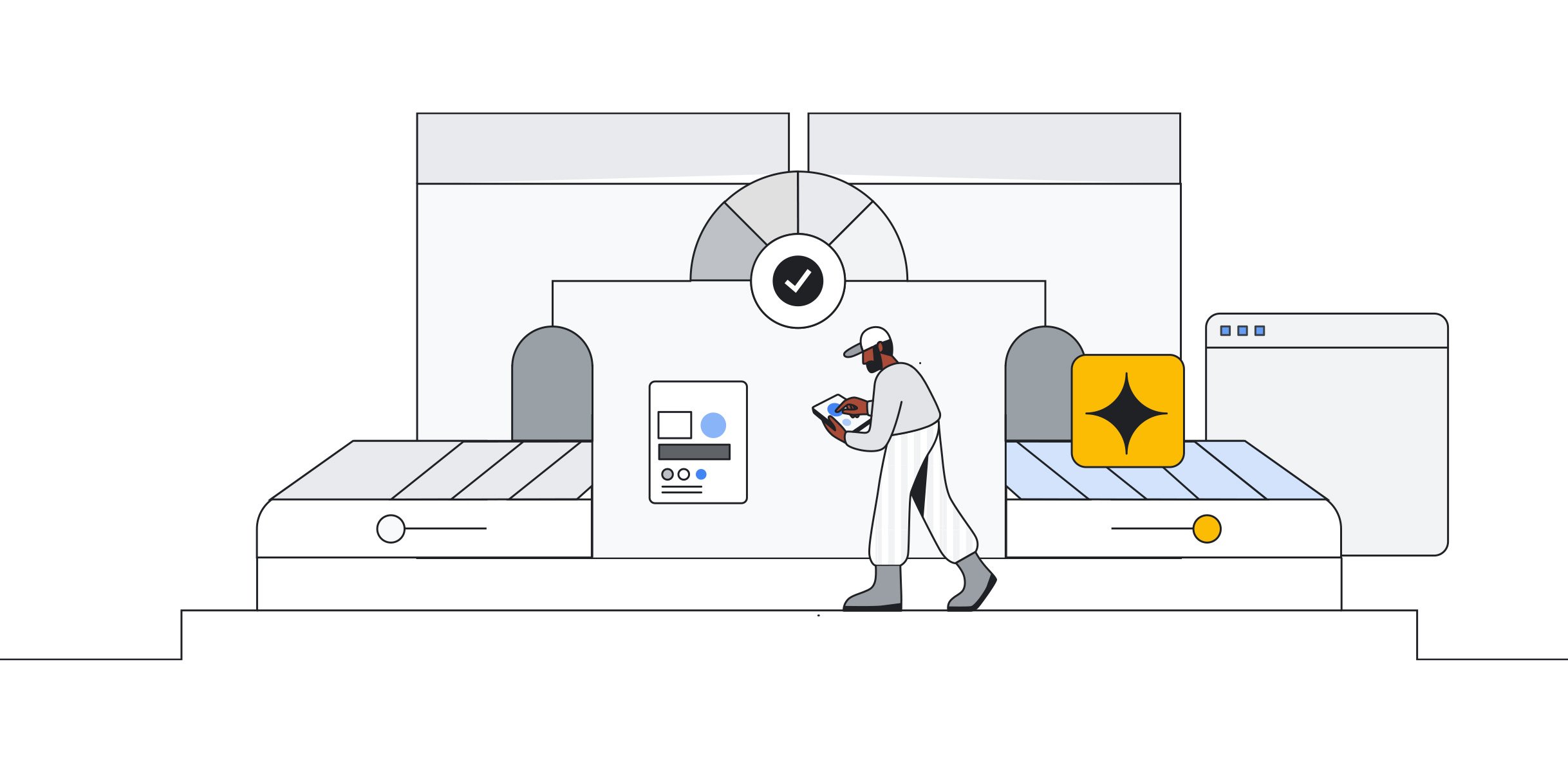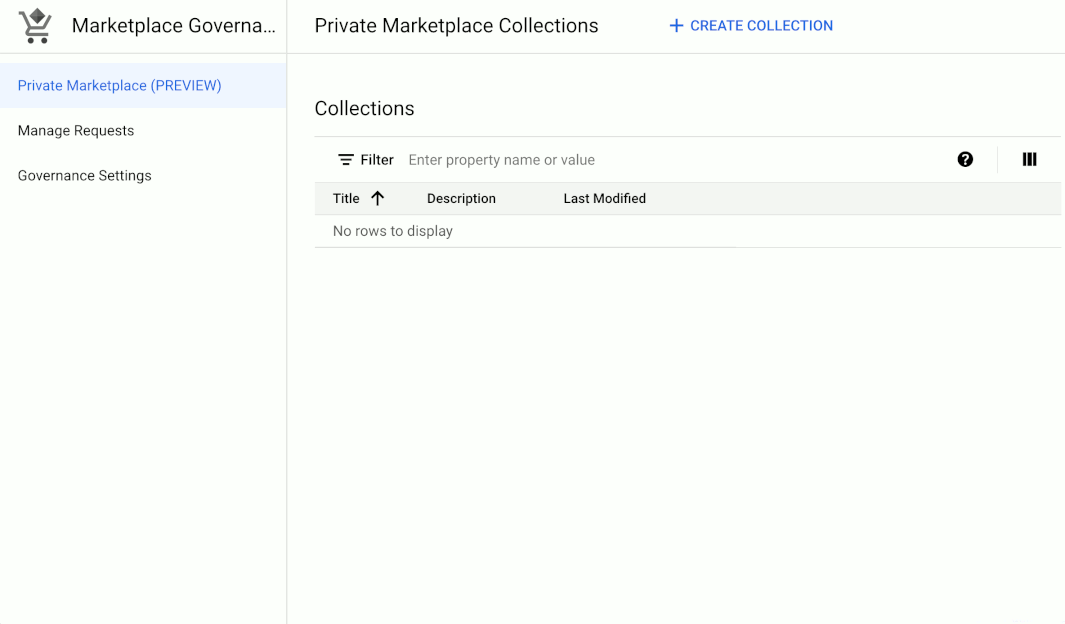Announcing Private Marketplace, now in preview

Abhijit Chatterjee
Product Manager, Google Cloud
Dushyanth Chickabasapa
Software Engineer, Google Cloud
Try Google Cloud
Start building on Google Cloud with $300 in free credits and 20+ always free products.
Free trialGoogle Cloud Marketplace is home to a wide variety of useful products for organizations across industries. The great selection it provides can create challenges, however, for cloud administrators who want to ensure that employees within their organization can easily view IT-vetted and approved applications. For example: when faced with such a broad range of products, employees might deploy an incompatible product version by accident; or they might not know your IT team prefers a specific product, leading them to adopt software your team hasn’t reviewed and approved.
To help avoid these issues and make it easier for your teams to quickly access the software and tools they need to do their jobs, we’re proud to introduce Private Marketplace, in preview today. The new Private Marketplace feature allows IT and cloud administrators to create a private, curated version of Google Cloud Marketplace that’s accessible to employees within their organization. With your own Private Marketplace, you can:
Curate product collections for your org: have your employees enter the Google Cloud Marketplace through a customized collection by default, surfacing the products that your IT team has selected first. This will ensure that they can identify pre-approved products quickly with certainty.
Prevent redundant products: When organizations — especially larger ones — use common products across teams and business units, it may be easier to negotiate deeper discounts or take advantage of volume savings promotions. Aligning on common products can also reduce complexity and simplify knowledge sharing.
Reduce "shadow IT": When teams and business units buy products that your central IT or governance team doesn’t have visibility into, it can lead to non-compliant products and security risks. Setting up a Private Marketplace allows you to enforce controls by only showing approved products and encouraging their use. Improve visibility further by activating the Request Procurement workflow.
Best of all, setting up Private Marketplace is easy. And if you have teams or users that typically use different products from Google Cloud Marketplace, you can create multiple collections for each of them so they only see what’s most relevant.
How-to set up Private Marketplace
Private Marketplace is easy to set up with just a few simple steps. And while it isn’t a replacement for identity and access management (IAM) or organization policy, Private Marketplace can transform how your organization scales compliant product discovery:
Organization Administrators or Organization Governance Administrators can navigate to Google Cloud Marketplace > Marketplace Governance > Private Marketplace
Click Create collection.
Enter the name and brief description of the collection you are setting up.
In Add products, click + Add and paste the URLs of the product(s) you want to include.
Click Share and select the organization, folder(s), or project(s) you want to share this collection with and click Save.
Return to Marketplace Governance, and toggle the switch next to “Make your Private Marketplace visible in the Google Cloud Marketplace”


And that’s it. The users in the organization, folder(s), or project(s) you set will be able to access your Private Marketplace. And they’ll still have access to the wider Marketplace from there if they want to discover products that aren’t yet included in your collection.
Learn more about this new preview feature set in the Create a Private Marketplace and Create and Share a Collection documentation.




